What’s in the Astronode Devkit?
26 Jan 2022 | 4 min read
With commercial satellites in orbit, Astrocast offers a Development Kit which enables customers to connect their IoT devices in th...
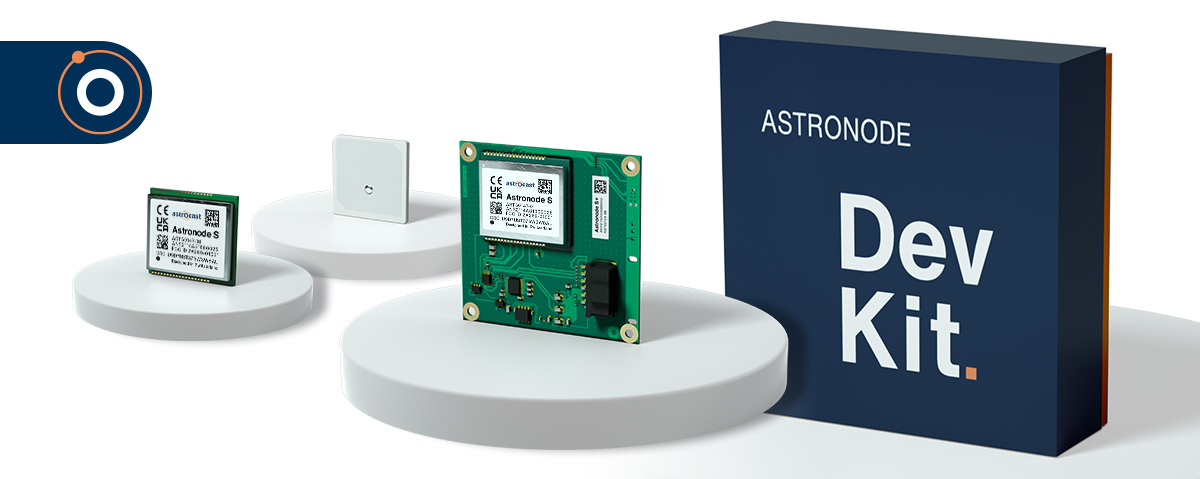
As a one-stop-shopping approach for customers, all major elements are offered by Astrocast including IoT hardware components, services and and subscription plans.
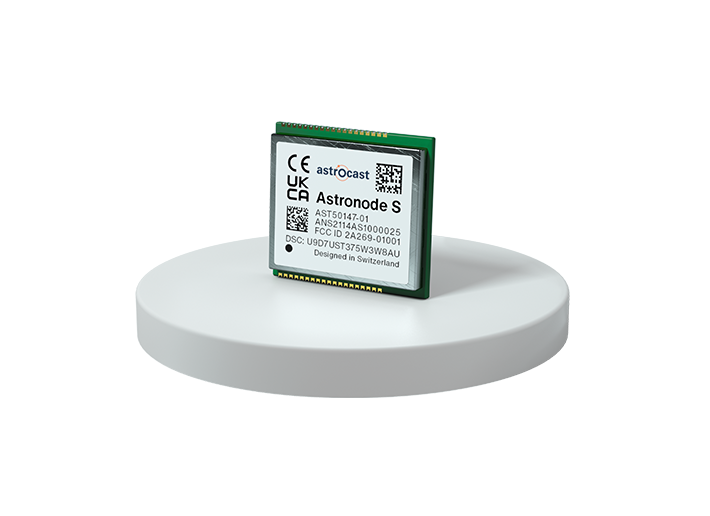
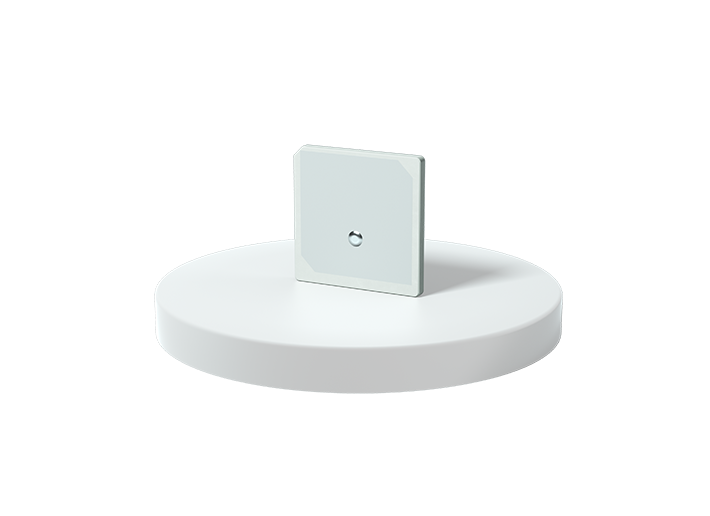
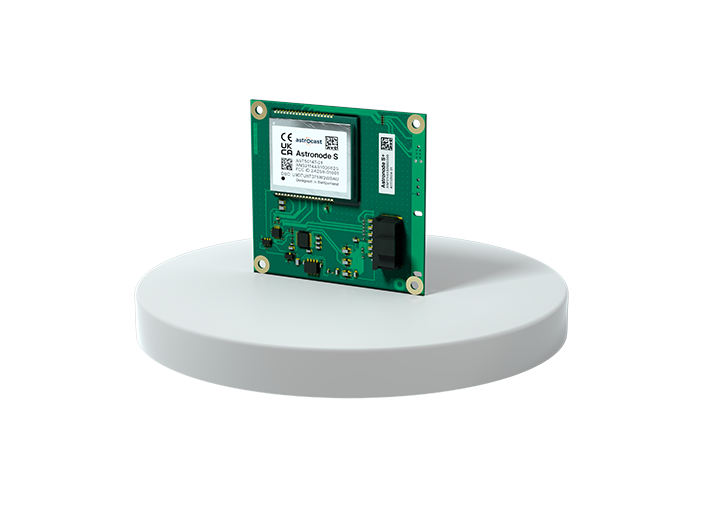
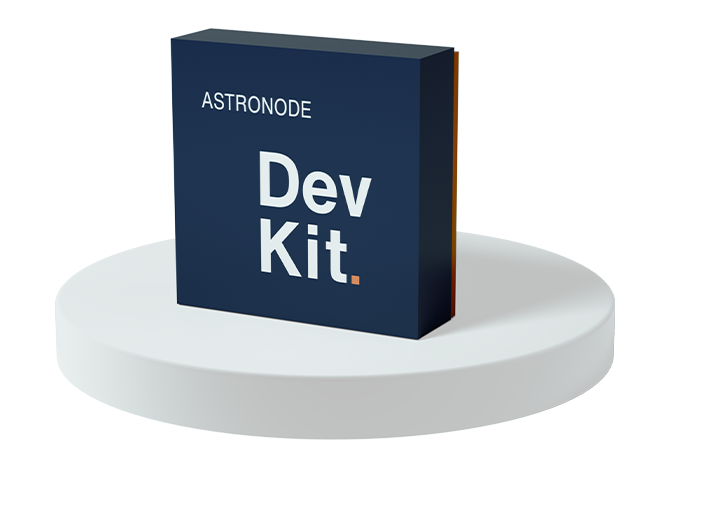
From a customer IoT device design perspective, the satellite modem hardware is based on an Astronode S module – to be controlled by the device host CPU using a 2-wire TX/RX UART interface. For this purpose, the Astronode API provides a comprehensive command set for modem control and data management. In fact, the customer IoT device does not have to deal with timing details of satellite communication.
Instead, the Astronode module will handle all required tasks independently from the IoT device. In particular, the whole satellite detection and uplink/downlink data transmission process will be managed by the Astronode module. As soon as new IoT uplink data has been loaded into the payload queue, the Astronode S module is enforced to send it as soon as possible.
Most of the time, the Astronode modem is either in deep sleep mode consuming only 500nA (typ.) or in sleep mode with an average power consumption of 5µA. As soon as the buffer has been filled with uplink data, Astronode activity status will enter satellite detection mode waiting for the next contact opportunity window. While still remaining in sleep mode most of the time, peak consumption for each detection attempt (i.e., within each window) is 50 mA for a duration of 50 msec.
In order to minimize power consumption, the Astronode S can also handle the next transmission wake-up time on its own, based on the ephemeris data it receives from a satellite during each contact. Once a satellite has been detected, a transmission event will start. All device communication is secured with a unique AES-256 encryption key inside each Astronode S module.
Standard uplink payload per transmission is up to 160 bytes. In addition, 8 bytes of geolocation data can be added, if available. For this purpose, cooperation of an additional GNSS receiver will be required which is not part of the Astronode solution, but the Astronode Patch Antenna supports GNSS reception and can be shared with the GNSS receiver for this purpose.
The Astronode API offers several configuration parameters which can be used by the customer IoT device to finetune power consumption and latency. This makes sense particularly if the actual satellite constellation has grown and for battery powered IoT devices. More details are described in the Astronode S Low-Energy Guidelines, which also provides directions on how to determine the overall power consumption resp. required battery capacity.
To take your IoT strategy further and unlock the power of your assets, discover Astrocast’s flexible SatIoT service by joining the Astropreneur Programs today.